Search Images
Browse Content (p. 1447)
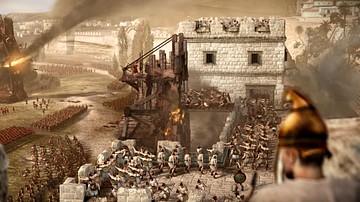
Image
Siege of Carthage
An artist's impression of what the Roman siege of Carthage may have looked like during the Third Punic War, 149-146 BCE.

Image
Roman Naval Attack on Carthage
An artist's impression of what the Roman naval attack on Carthage may have looked like during the Third Punic War, 149-146 BCE.

Image
Territories During the Second Punic War
The territories involved in the Second Punic War, 218 and 201 BCE.
Red = Roman
Pink = Roman Allies
Blue = Carthaginian
Light Blue = Carthaginian Allies
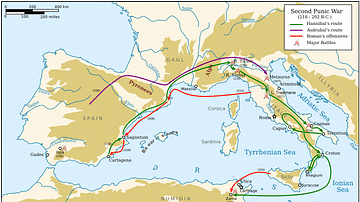
Image
Campaigns of the Second Punic War
A map illustrating the campaigns of the Second Punic War (218-201 BCE).
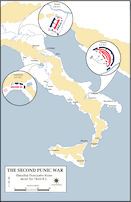
Image
Hannibal's Major Battles in Italy
A map showing the location of three of the most important battles won by Carthaginian general Hannibal against Rome during the Second Punic War between 218 and 201 BCE. Lake Trasimene in June 217 BCE, Trebia River in December 218 BCE, and...
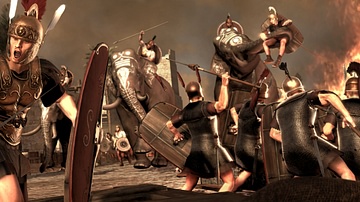
Image
Carthaginian War Elephants
An artist's impression of what an attack by Carthaginian war elephants may have looked like during the Punic Wars of the 3rd century BCE.

Image
Roman Beach Attack
An artist's impression of what a Roman beach attack may have looked like during the Punic Wars of the 3rd century BCE.
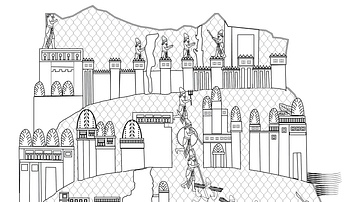
Image
Assyrians Attacking Tyre
An illustration of a (lost?) relief of Sennacherib (705-681 BCE) which shows a scene of Assyrians attacking the Phoenician city of Tyre.

Image
Greek Ruler
An artist's impression of a Greek ruler in his home.

Image
Antisthenes, Cynic Philosopher
Antisthenes (450-370 BCE) was the founder of the Cynic school of philosophy. From near the Via Appia, Rome. Roman copy of a lost Greek original of the late 3rd or 2nd century BCE. (British Museum, London)